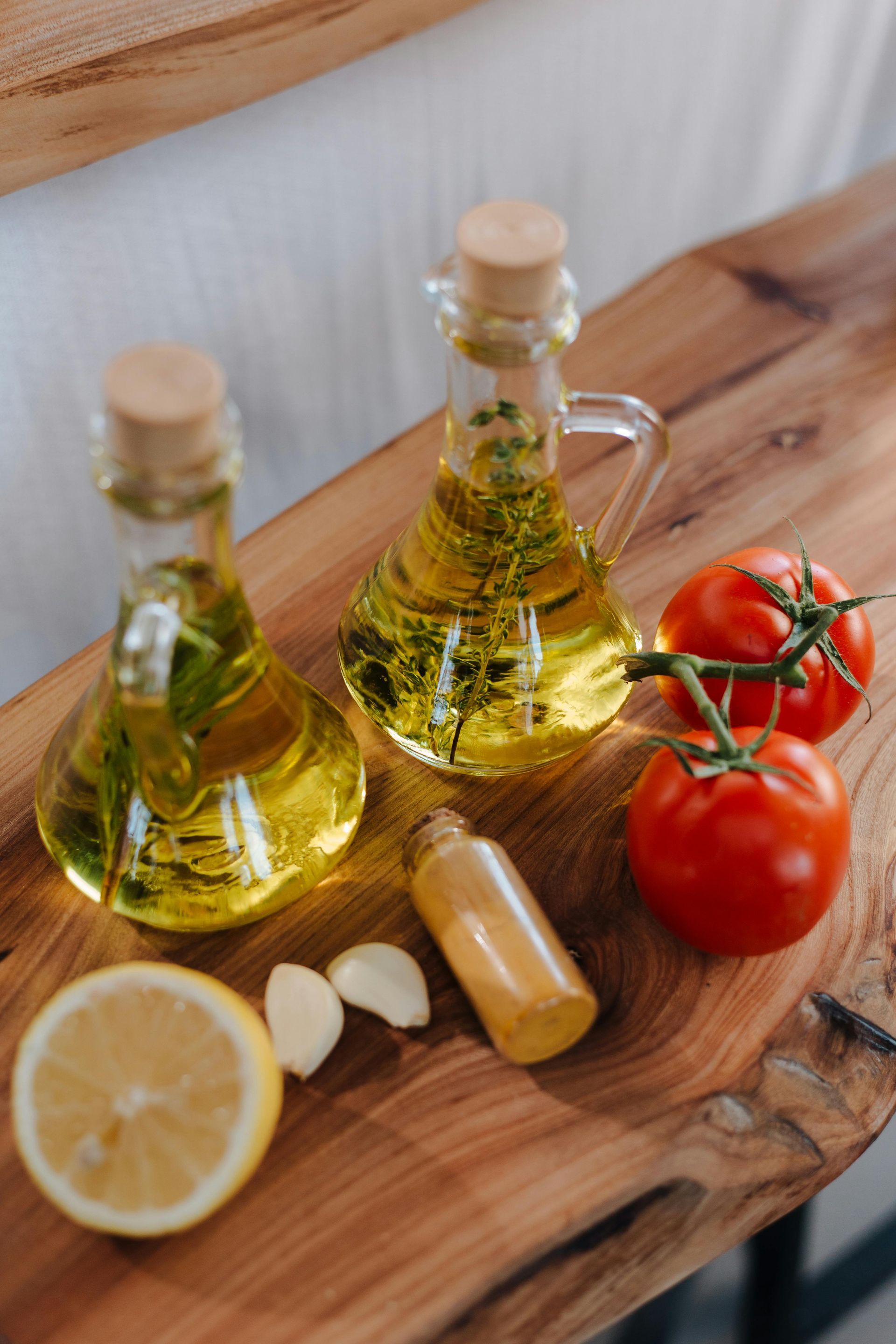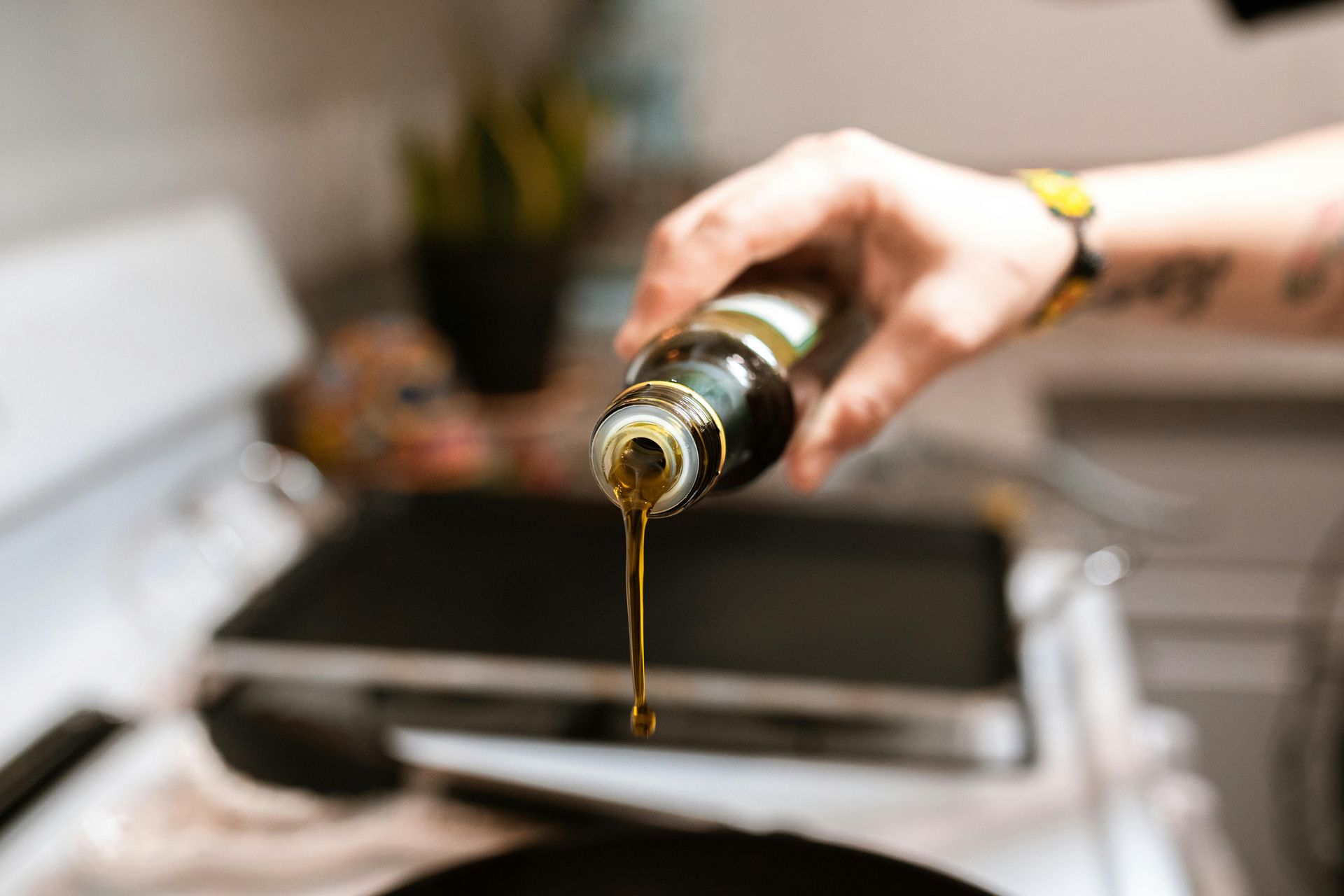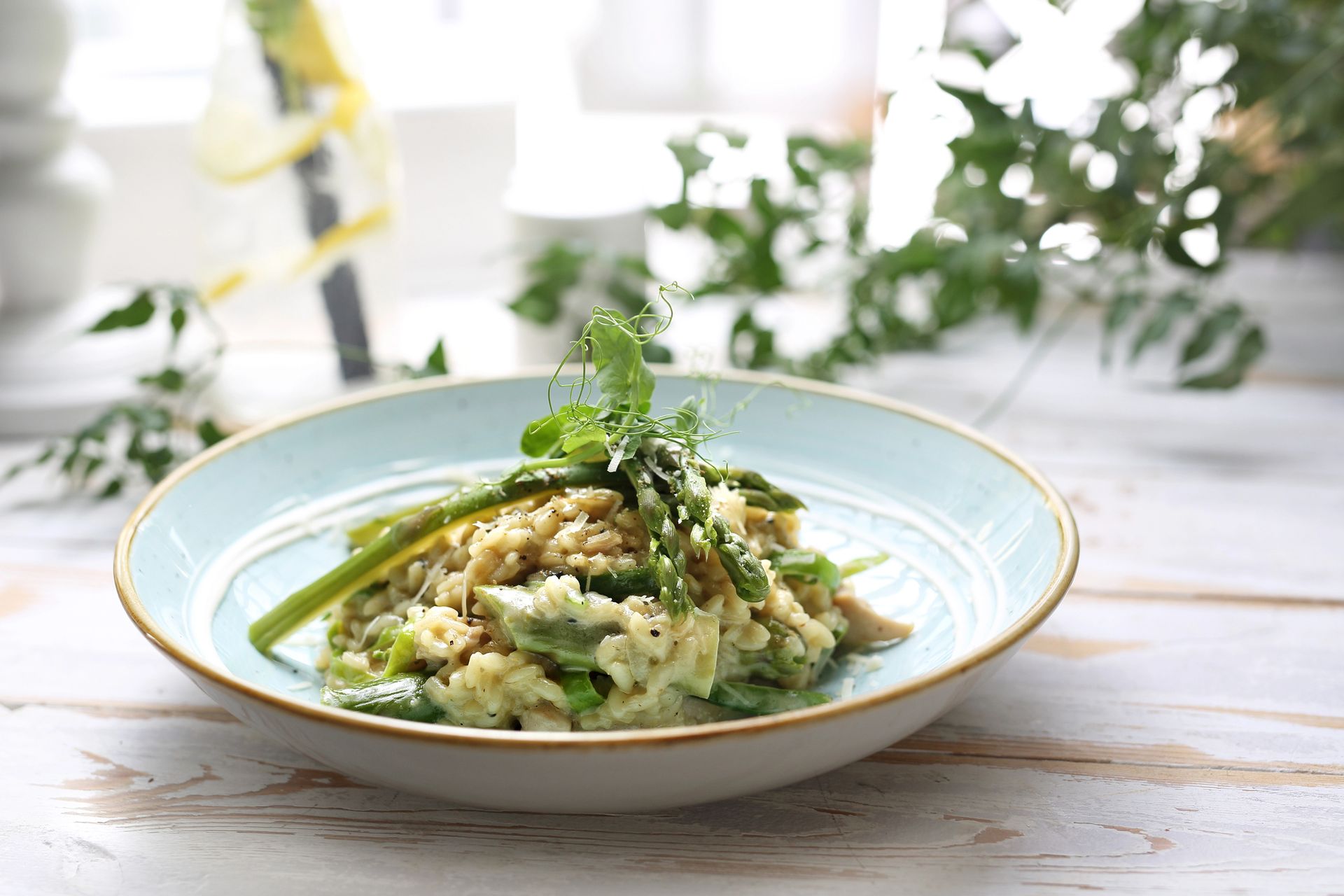On The Plate
with Robert Peers
Is Silicone Safe for Cooking? What You Need to Know
What is Silicone, and Why is it Used in Cooking?
Silicone is a synthetic, rubber-like material commonly used in bakeware, kitchen utensils, and food storage products. Its flexibility, heat resistance, and non-stick properties make it a popular choice for baking mats, spatulas, and muffin cups.
Silicone cookware can withstand high temperatures, often up to 428°F (220°C) or more, making it safe for oven use. However, not all silicone products are created equal, and some concerns exist about their safety when exposed to heat.
Is Silicone Safe for Cooking?
High-quality, food-grade silicone is generally considered safe and non-toxic. It does not release harmful chemicals or react with food like some plastics can. Most silicone cookware is BPA-free, making it a safer alternative to traditional plastic kitchen tools.
However, concerns arise when low-quality silicone products contain fillers or non-food-grade additives. These can degrade over time, releasing unwanted chemicals into food when exposed to heat. To ensure safety:
- Choose
100% food-grade silicone from reputable brands.
- Avoid silicone that has a strong chemical odor, as it may contain additives.
- Check for certifications like
FDA approval or LFGB (European food safety standards).
Does Silicone Affect Food Taste or Texture?
Pure silicone should not alter the taste or texture of food. However, some lower-quality silicone bakeware may develop an unpleasant odor or transfer flavors over time. Washing silicone thoroughly and avoiding excessive heat can help maintain its quality.
Silicone vs. Other Cookware Materials
Compared to other materials, silicone has unique advantages:
- Non-stick surface – Reduces the need for extra oil or parchment paper.
- Flexibility – Easy to store and release baked goods.
- Resistant to rust and corrosion – Unlike metal bakeware.
However, it does have some downsides. Unlike cast iron or stainless steel, silicone does not conduct heat well, which can result in uneven cooking in some cases. Additionally, it is not recommended for direct contact with open flames or stovetop cooking.
Final Verdict on Silicone Cookware
When used correctly, food-grade silicone is safe for baking, microwaving, and freezing. Just ensure you're using high-quality products and following temperature guidelines to enjoy the benefits of this versatile kitchen tool.
More Cooking Tips
On The Plate
with Robert Peers
All Rights Reserved | On The Plate with Robert Peers | Website by CCC


